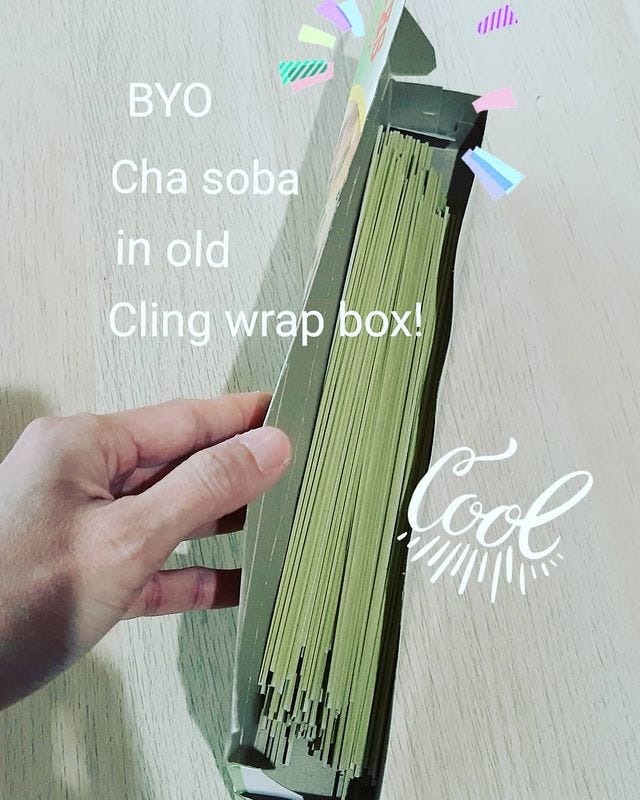What kind of containers should we bring to a zero waste shop?
Thng Hui Hien of Eco•Le spreads out your choices
Whether you’re a zero waste beginner or pro, the idea of having glass jars or plastic containers at your disposal can be thrilling.
Why? Just think of all the things you can do with them.
Storing food becomes easier, for one. You can use them to stock up on other household items too.
But not all jars and containers are created the same
“Most customers are able to bring the correct containers, be it repurposed plastic packaging or glass jars,” says Thng Hui Hien, the owner of Eco•Le – a shop that promotes sustainable, eco-friendly and zero waste living in Singapore.
At Eco•Le, you can buy food and groceries in bulk, as well as personal care items, reusable products, toiletries and more. You can bring your own containers or avail of the ones at the store.
“Where possible, my selections are fair trade and organic to promote and support soil and ecology justice,” Hui Hien maintains.
So what do shoppers usually get wrong?
“The one tricky product in my store is actually coconut oil, which is solid in the store because of the high melting point (about 23 degrees Celsius),” she observes.
“The store is ventilated via central cooling. Several customers bring along a bottle with a small opening, but end up having to return or use the free cleaned reused wide-mouth jars.
“I also have some customers who bring along cloth produce bags, but the mesh might not be small enough. Hence a product, such as cereal, may cause some dusting. But this is generally rare.”
Pick and prep ‘em well
Hui Hien’s tip? Examine your containers before heading to your favourite zero waste store.
Here’s more.
#1 Choose transparent or translucent containers for purchasing liquids
“The level can be monitored to avoid spills.”
#2 Remove labels
“This is necessary if they block your view of the contents.”
#3 Glass jars are the best for all sorts of products
“Except for liquid shampoo or body wash, as you tend to lose more when transferring them into bottles at home due to the viscosity of the product on the walls of the jars.”
#4 Puffed polythene “nets” work to protect
“This prevents ‘knocking’ among glass jars when you transport them.”
#5 Check for signs of condensation
“Some customers faithfully clean their flip-lid jars and cart them all the way to the store, only to find them still moist and unsuitable for dry goods. They may not be observant and fill up the jars with food, and end up with quick spills,” Hui Hen explains.
“We try to use alternative, free and used containers if customers don’t mind adding another container to their stock. Of course, they can return to the store any time instead of sending them out for recycling.”
The perfect match
Now that we’re armed and ready with the above information, Hui Hien tells us which product goes well with which container, so there’s no need to guess.
#1 Coffee, flour, nuts and dried fruits → Glass jars or air-tight containers
“Some people are mistaken about PET containers, and think that they will be hazardous for food,” Hui Hien states.
“Reusing PET bottles for solid dry food is safe, because the mass transfer of leachate from plastic into solid food is extremely low. PET bottles are also not advisable for liquids, especially edible oils.”
#2 Certain types of food → paper bags
“Some customers prefer to use those sold in-store (to discourage disposables) for nuts, and I always warn them about the loss of crunch unless they are able to transfer the nuts quickly into air-tight containers.
“However, if the customers find the nuts or cookies going soft, having purchased them in paper bags, they can restore the crunch easily by putting the food in the fridge. The moisture will be reduced and the crunch restored!”
These posts also provide other alternatives:
Extra perks and services
Eco•Le also offers soy-wax candle refills plus cutlery for rent. There’s even a sewing machine for rent too, which you can use only at the store.
“Free water refills are also available to discourage passersby to buy bottled water. Some children who attend tuition class around here, and sometimes their waiting parents, drop by once in a while for refills,” Hui Hien recounts, adding that Eco•Le is pinned on the Refill map.
“There’s a free book drop/share corner that keeps children occupied while their parents shop. I also conduct small workshops with my friends to promote upcycling and DIY to reduce packaging waste,” she concludes.
Excited to shop with your jars and containers in tow? Explore Eco•Le’s product range here (which may be constantly updated, so you should check back often). Also follow them on Instagram and Facebook.
Happy zero waste shopping!








